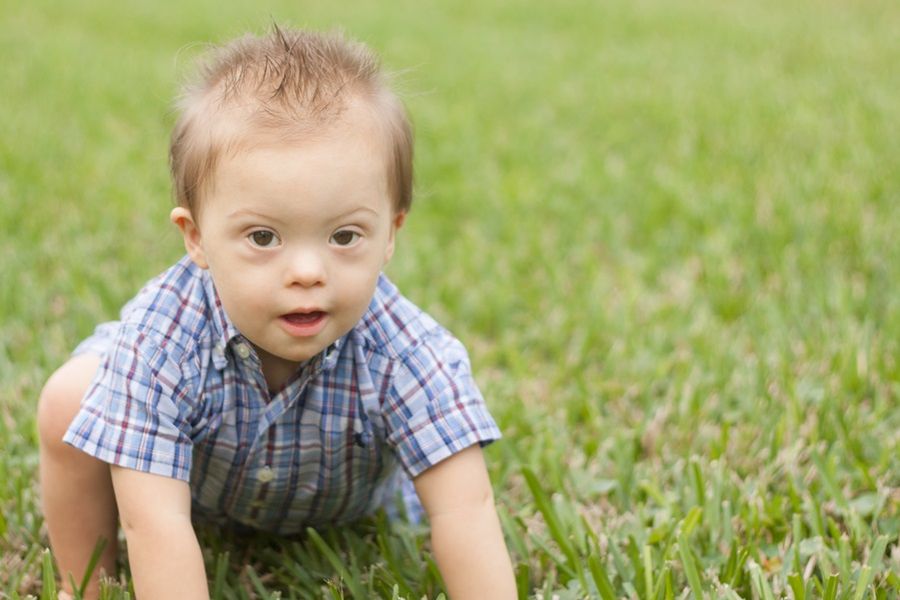
Source: StopBullying.gov
Bullying and Youth with Disabilities & Special Health Needs
Children with disabilities— such as physical, developmental, intellectual, emotional, and sensory disabilities— are at an increased risk of being bullied. Any number of factors — physical vulnerability, social skill challenges, or intolerant environments — may increase the risk. Research suggests that some children with disabilities may bully others as well.
Kids with special health needs, such as epilepsy or food allergies, also may be at higher risk of being bullied. Bullying can include making fun of kids because of their allergies or exposing them to the things they are allergic to. In these cases, bullying is not just serious, it can mean life or death.
Creating a Safe Environment for Youth with Disabilities
Special considerations are needed when addressing bullying in youth with disabilities. There are resources to help kids with disabilities who are bullied or who bully others. Youth with disabilities often have Individualized Education Programs (IEPs) or Section 504 plans that can be useful in crafting specialized approaches for preventing and responding to bullying. These plans can provide additional services that may be necessary. Additionally, civil rights laws protect students with disabilities against harassment.
Creating a Safe Environment for Youth with Special Health Needs
Youth with special health needs — such as diabetes requiring insulin regulation, food allergies, or youth with epilepsy — may require accommodations at school. In these cases they do not require an Individualized Education Program or Section 504 plan. However, schools can protect students with special health needs from bullying and related dangers. If a child with special health needs has a medical reaction, teachers should address the medical situation first before responding to the bullying. Educating kids and teachers about students’ special health needs and the dangers associated with certain actions and exposures can help keep kids safe.
Federal Civil Rights Laws and Youth with Disabilities
When bullying is directed at a child because of his or her established disability and it creates a hostile environment at school, bullying behavior may cross the line and become “disability harassment.” Under Section 504 of the Rehabilitation Act of 1973 and Title II of the Americans with Disabilities Act of 1990, the school must address the harassment.







